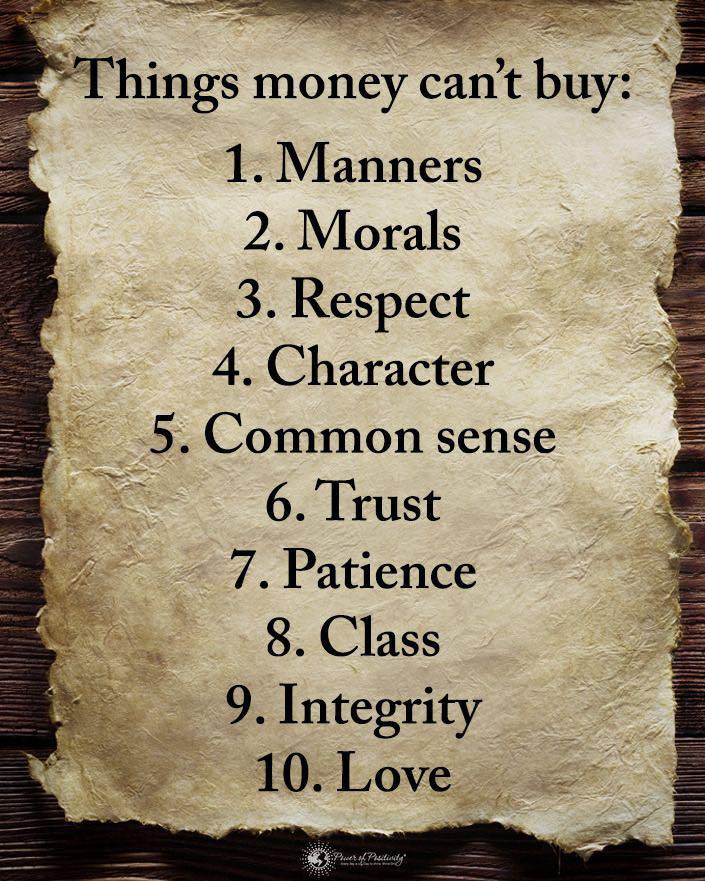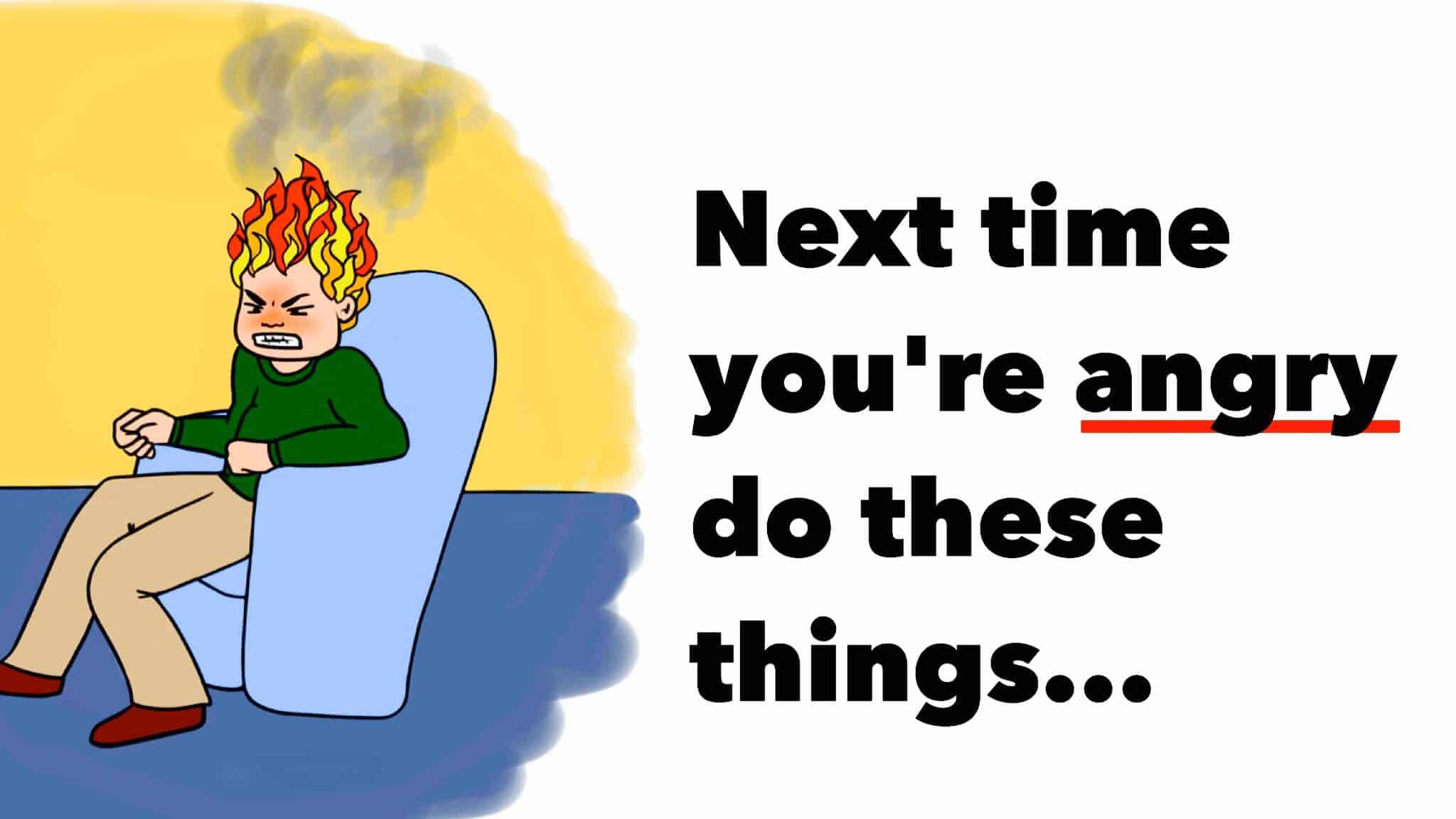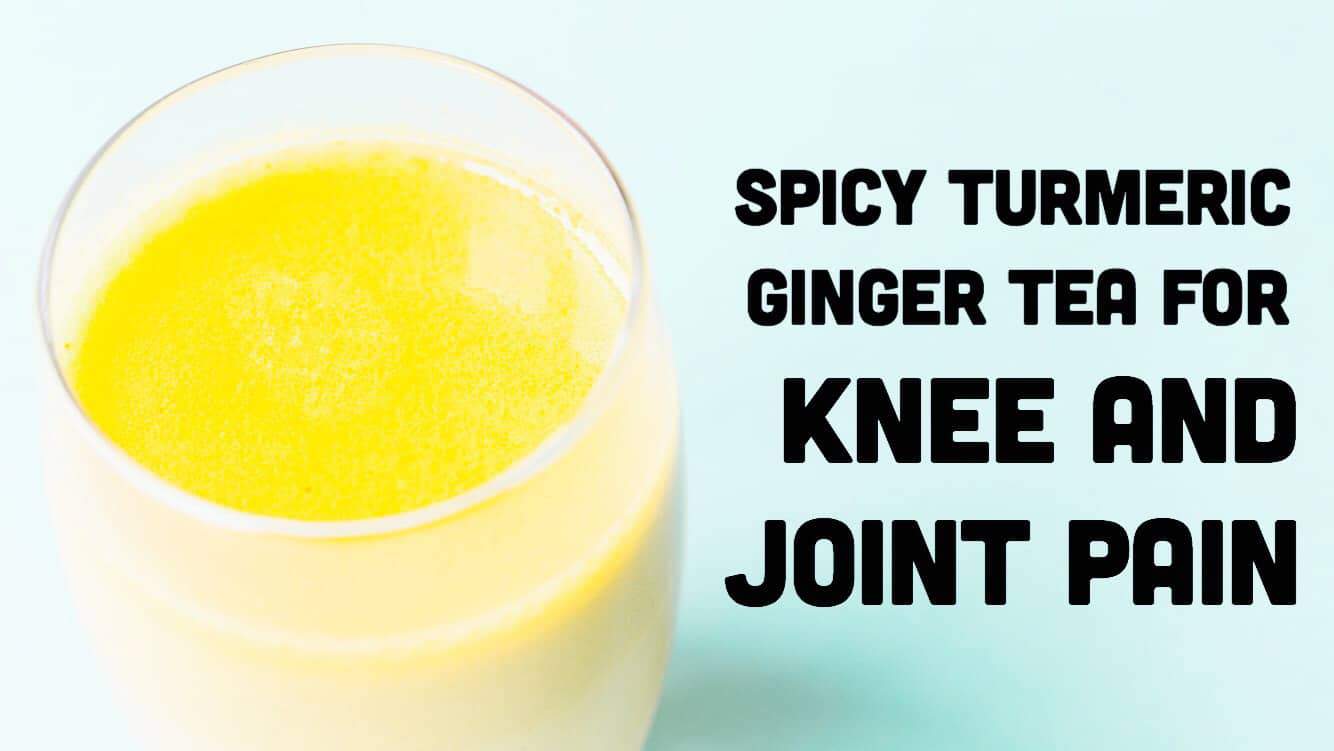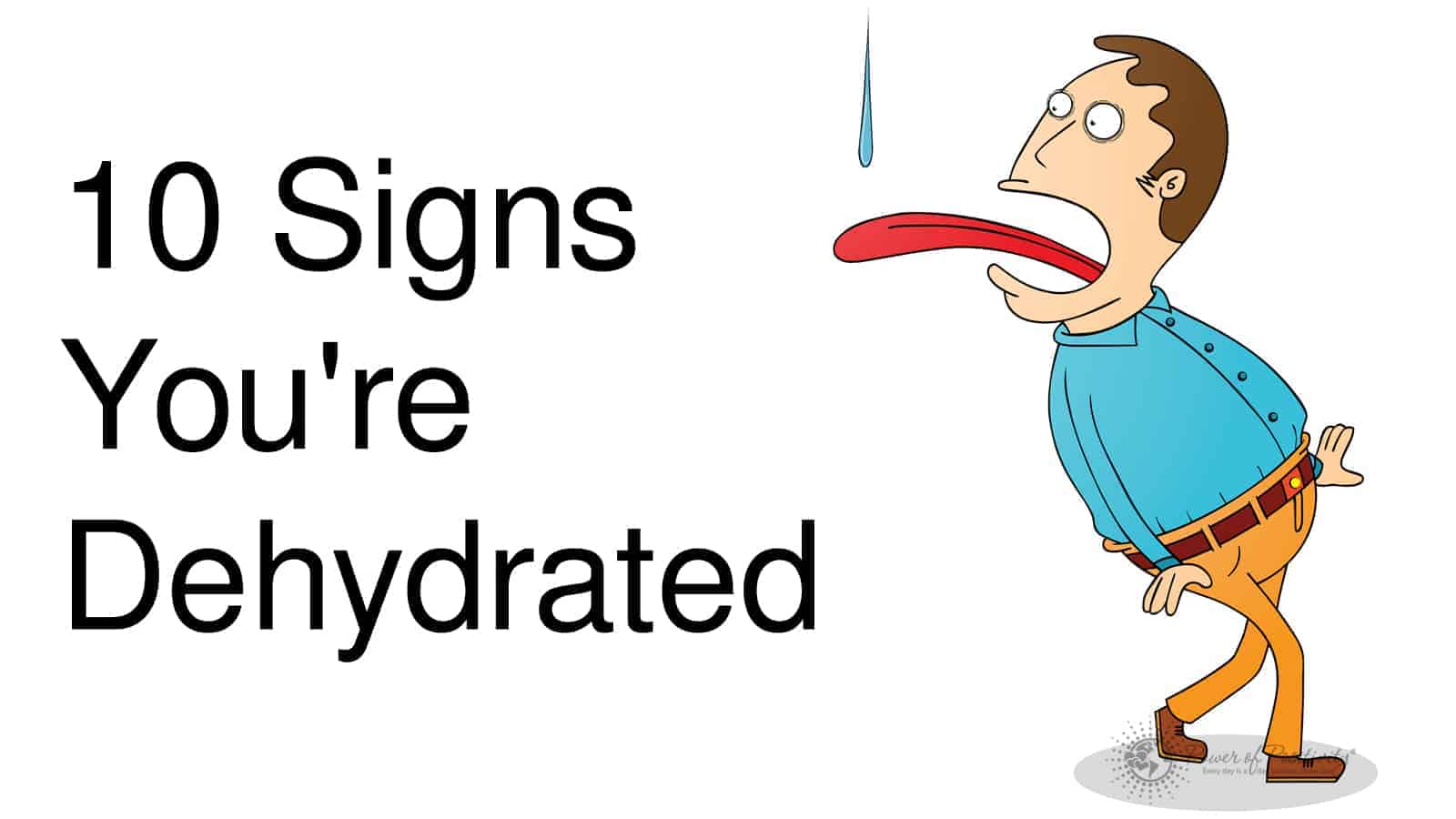What is an archetype?
As the word ‘archetype’ (arc-eh-type) applies to this article, it is a “primitive mental image inherited from the earliest human ancestors,” and is a central aspect of the Jungian theory of psychoanalysis. While this definition may sound radical, it’s actually quite sensible.
In purely definitional terms, an archetype is “a recurrent symbol in literature, art, or mythology.” Jung, as stated prior, used symbols to represent our unique personalities.
“There’s more to this story.”
Indeed, behind each of the 12 archetypes is a story – a tale of timeless history.
Here’s a quick illustration: think of your favorite book or person (past or present; relational or non-relational.) If you can’t think of a favorite, that’s okay! Maybe jot down a title or name that you really like.
Got it?
Let’s us a familiar example. In this case, the book is Moneyball: The Art of Winning an Unfair Game by Michael Lewis, and the person is a Siddhartha Gautama – otherwise called Buddha.
In your favorite book, unless it’s a biography, there is a mix of archetypes. The reason is simple: each character has a dominant archetype, and there are multiple characters in a book! This mix of archetypes is what often fuels drama in books and movies (e.g., villain vs. superhero).
Your favorite person, of course, has a dominant archetype. Just as you do. The really interesting thing is that many of our favorite people share similar personality traits – and possibly the same archetype!
The 12 archetypes
“Swiss psychotherapist Carl G. Jung used the world “Archetype” to refer to the recurring patterns found in our universal stories. He identified the themes, symbols, and imagery as part of the human psyche.” ~ CultureTalk
Jung suggested that we each possess a set of personality traits that can be symbolized by one of 12 archetypes.
The 12 archetypes are in alphabetical order: Caregiver, Creator, Every Person, Explorer, Hero, Innocent, Jester, Lover, Magician, Revolutionary, Ruler, and Sage.
Before we talk about each type, let’s turn this into a game!
As you read through each of the twelve types, see if you can guess yours. We’ll provide a link where you can take a short quiz later. Can you get it right? Let’s see!
What Does Your Archetype Reveal About Your Personality?

The Caregiver:
Key Attributes: consistent, passionate, responsive, and trustworthy
Main Cruxes: over-sensitivity and dependency
In summary, caregivers are the heart and soul of a civilized and compassionate society. Their maternalistic and nurturing nature has helped sustain peace for ages.
The Creator:
Key Attributes: imaginative, unique, ingenious, and inquisitive
Main Cruxes: shallowness and perfectionism
In summary, creators are artists, architects, designers, musicians and writers. Without this archetype, we wouldn’t have beautiful paintings adorning the Louvre. They are the reason that art exists.
The Everyperson:
Key Attributes: harmonistic, hardworking, moral, and welcoming.
Main Cruxes: wariness and unoriginality
In summary, the Everyperson is the most authentic, egalitarian, and “we” oriented person on this list. They’re approachable, down-to-earth, and the ultimate team-players.
The Explorer:
Key attributes: determined, enthusiastic, fearless, and independent.
Main Cruxes: impulsivity and recklessness
In summary, the person who lives to skydive or mountain climb is the prototypical explorer. They have an infectious, childlike enthusiasm.
The Hero:
Key attributes: brave, focused, motivational, protective
Main cruxes: over-aggressiveness and soapboxing
In summary, the underpinnings of democracy and freedom are made possible by the hero archetypes. They push and push regardless of how hard things get, even if they have to sacrifice themselves to do so.
The Innocent:
Key attributes: happy, peaceful, loving, optimistic
Main cruxes: overly passive and unrealistic
In summary, the innocents among us desire nothing more than happiness and peace for all. They’re the angels among us, reminding the world what it could be if we’d stop all of the foolishness.
 Related: Are You An Earth Angel? These Signs Will Tell You…
Related: Are You An Earth Angel? These Signs Will Tell You…
The Jester
Key attributes: fun, humorous, joyful, spontaneous
Main cruxes: inappropriateness and foolishness
In summary, society’s “class clowns” jesters are the most fun-loving people among us. They’re the ones we want to have a beer with and listen to their jokes. Jesters also have a warm side that they share with many others.
The Lover
Key attributes: loving, intimate, sensual, warm
Main cruxes: materialism and cattiness
In summary, lovers physically embody the five senses on an acid trip. Their goal in life is to elevate the experiences and passions of a 24/7, “always on call” society.
The Magician
Key attributes: charismatic, dreamful, inspiring, persuasive
Main cruxes: argumentative and demanding
In summary, despite the name, magicians are often crafty innovators with a demanding mindset. Steve Jobs is an excellent example of this transformative archetype.
The Revolutionary:
Key attributes: creative, thrill-seeking, unapologetic, unconventional
Main cruxes: carelessness and impulsivity
In summary, revolutionaries despise boredom and the dull existence of everyday “normal” life. Think a smart Harley-Davidson biker zooming past you inches from your side-mirror and well over the speed limit. That’d be a revolutionary.
The Ruler:
Key attributes: authoritative, driven, meticulous, resolute
Main cruxes: self-righteousness and pompousness
In summary, rulers are the authoritative figures of society, the presidents and kings. Though some rulers may receive a bad rap, which in many cases is well-deserved, many are peace-seeking and just.
The Sage:
Key attributes: curious, intelligent, competent, wise
Main cruxes: elitism and intolerance
In summary, sages, as the name implies, the “smartest ones in the room.” The Nobel-Prize winners and Rhodes Scholars. While they may work in the shadows, they’ve shaped – and even devised – some of history’s most revered theories and proofs.










